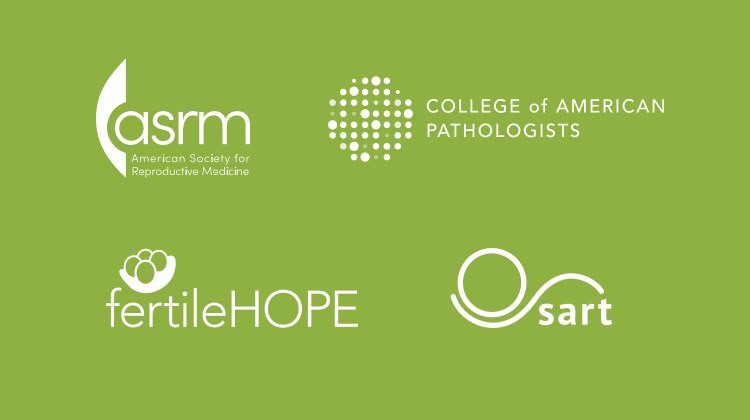Are 'Spermbots' on the Horizon at Your New York Fertility Clinic
In more than half of couples who struggle to conceive a baby, the male partner plays a role in the need to visit a fertility clinic. Now, thanks to micro-robotic technology, a European research team may have devised a way to help men's sperm reach an egg more quickly and efficiently. It may sound like a page out of a science fiction novel, but German scientists have created a "motor" of sorts to help sperm swim to an egg for fertilization.
How does spermbot technology work?
Dubbed "spermbots," the micrometal helixes can wrap around the tail of a sperm cell and assist it as it swims to reach an egg. When the sperm has become embedded in an egg, the spermbot reverses course and detaches from the sperm. All the tiny bot's movements are powered and controlled externally using a magnetic field. Research about the technology was published in the December 21, 2015, edition of the journal Nano Letters. The study was conducted by the Institute for Integrative Nanosciences at IFW Dresden. The American Chemical Society released an accompanying video that discusses the spermbots' potential impact on future fertility treatments. "Despite the fact that there still remain some challenges on the way to achieve successful fertilization with artificially motorized sperms, we believe that the potential of this novel approach toward assisted reproduction can be already put into perspective with the present work," the research team wrote in the journal.
The fertility clinic of the future?
Dubbed “spermbots,” the micrometal helixes can wrap around the tail of a sperm cell and assist it as it swims to reach an egg. When the sperm has become embedded in an egg, the spermbot reverses course and detaches from the sperm. All the tiny bot’s movements are powered and controlled externally using a magnetic field.
Research about the technology was published in the December 21, 2015, edition of the journal Nano Letters. The study was conducted by the Institute for Integrative Nanosciences at IFW Dresden. The American Chemical Society released an accompanying video that discusses the spermbots’ potential impact on future fertility treatments.
“Despite the fact that there still remain some challenges on the way to achieve successful fertilization with artificially motorized sperms, we believe that the potential of this novel approach toward assisted reproduction can be already put into perspective with the present work,” the research team wrote in the journal.
The fertility clinic of the future?
Spermbots haven’t been tested in humans or any living animal for that matter. The technology was tested in a petri dish using bull semen.
The next steps for scientists are to improve how a spermbot’s direction is controlled, improve the existing iron and titanium nanoparticle construction of the robotic micro-system and determining if the human body’s immune system will tolerate the technology.
Hopefully, spermbot technology may one day be among treatments available at fertility clinics in New York City, but until then, there are tried and true methods to help infertile couples conceive a child.
From alternative treatments like acupuncture and nutritional counseling to in vitro fertilization to gestational surrogacy, couples have many avenues to parenthood. If you’d like to learn more about our fertility clinic’s unique approach, located in NYC, please contact us at (516) 612-8466 for an appointment.







